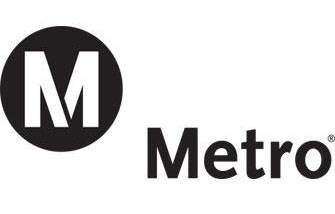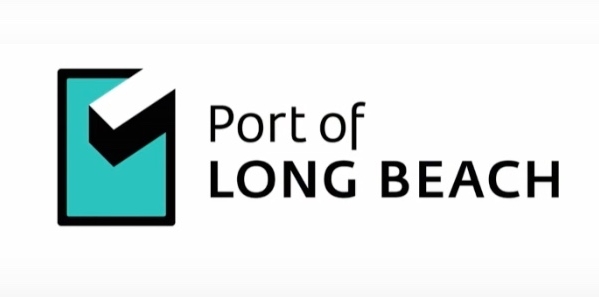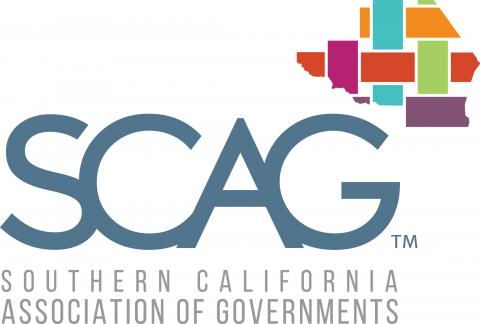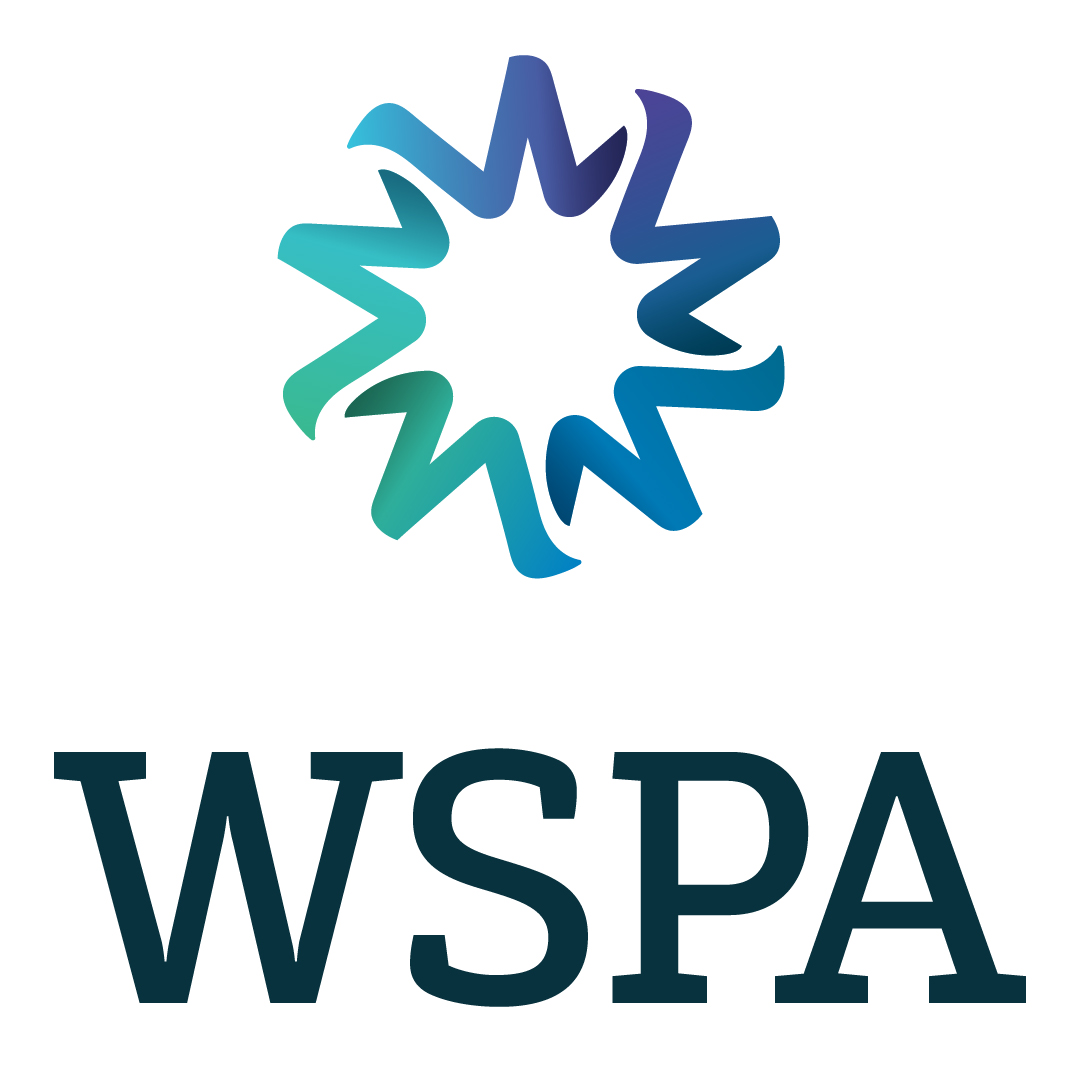Research Projects
Stop the VideoResearch Projects
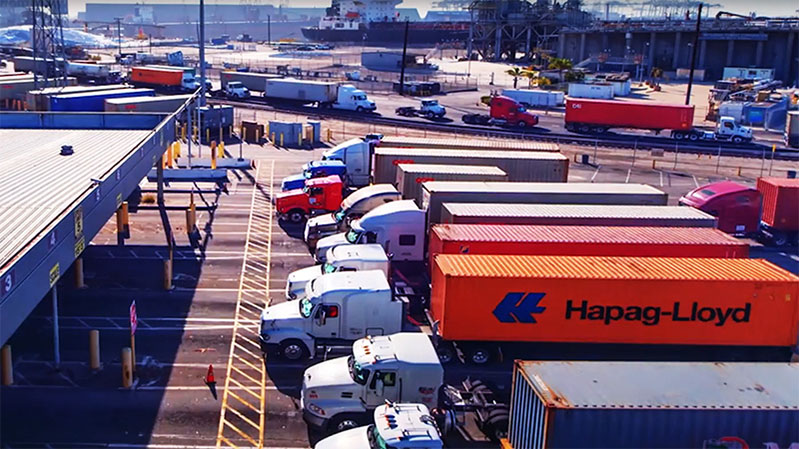

STATUS: In Progress
YEAR: 2023
TOPIC AREA: Transportation planning, policy, and finance
CENTER: PSR
Caltrans Succession Planning
Project Summary
Project number: PSR-21-SP94 TO 062Funding source: Caltrans
Contract number: 65A0674
Total cost: $130,000.00
Performance period: 07/1/2023 to 06/30/2024
Project description
The purpose of this project is to conduct research on previous and current succession
planning strategies undertaken by state Departments of Transportation (DOT)s and other
organizations to be used by California Department of Transportation (Caltrans) in
developing and updating its own strategies for application in planning and modal programs
including those dedicated to rail, mass transportation, research, and aviation. With the
workforce steadily aging, state DOT leaders will need to introduce workforce strategies
that will prepare candidates to fill new vacancies. Prior work by Caltrans in this area (2015)
indicated that about 10,300 of the DOT’s full-time employees (which constituted
approximately 50% of the full-time workforce) were eligible for retirement. These
impending vacancies will present a large gap in transportation knowledge as well as the
skills that are required to maintain consistent research, management, and performance
standards within the agency.
Potentially losing half of the workforce would be more than losing loyal and valued
employees, it would represent a loss of the knowledge, skills, and abilities that have
accumulated over the 15 plus years each employee has experienced as a part of a
governmental organization. To maintain the integrity and dissemination of these vital
perspectives within state DOTs, succession planning and knowledge management
strategy implementation has become paramount. The implementation of these strategies
will require a new interdisciplinary system for coaching, mentoring, and long-term
succession planning within state DOTs. The aging workforce seen in the transportation
industry makes the implementation of succession plans of vital importance for
organizations such as Caltrans.
After conducting preliminary research related to this project, it was found that research on
current state DOT and transportation industry succession planning is limited. However,
some research reveals developing best practices from related organizations and general
guidelines for succession planning and knowledge management that have been published
by other state DOTs such as Oregon and Texas.
This project will attempt to identify the state of the art for both succession planning and
knowledge management as well as any current and previously implemented succession
plans by transportation-related bodies to understand the best practices moving forward.
The emphasis is on:
• Conducting research on best practices for succession planning in the transportation
and supply chain sectors
• Collecting professional perspectives on knowledge management and succession
planning from industry professionals who have undertaken exercises in these areas
• Proposing succession planning and knowledge management exercises as well as
organizational frameworks from the research that will serve as a toolkit for
implementing succession planning initiatives for planning and modal programs within
a state DOT such as Caltrans.
P.I. NAME & ADDRESS
Tom O'BrienDirector, METRANS CSULB Programs
6300 State University Drive
Suite 255Long Beach, CA 90815
United States
[email protected]











